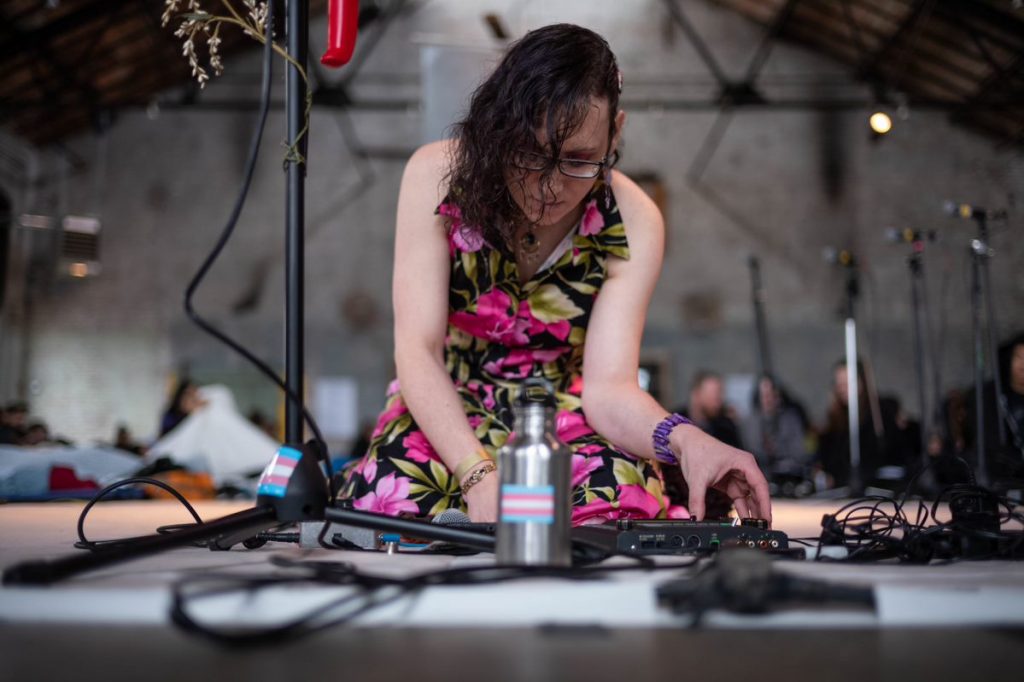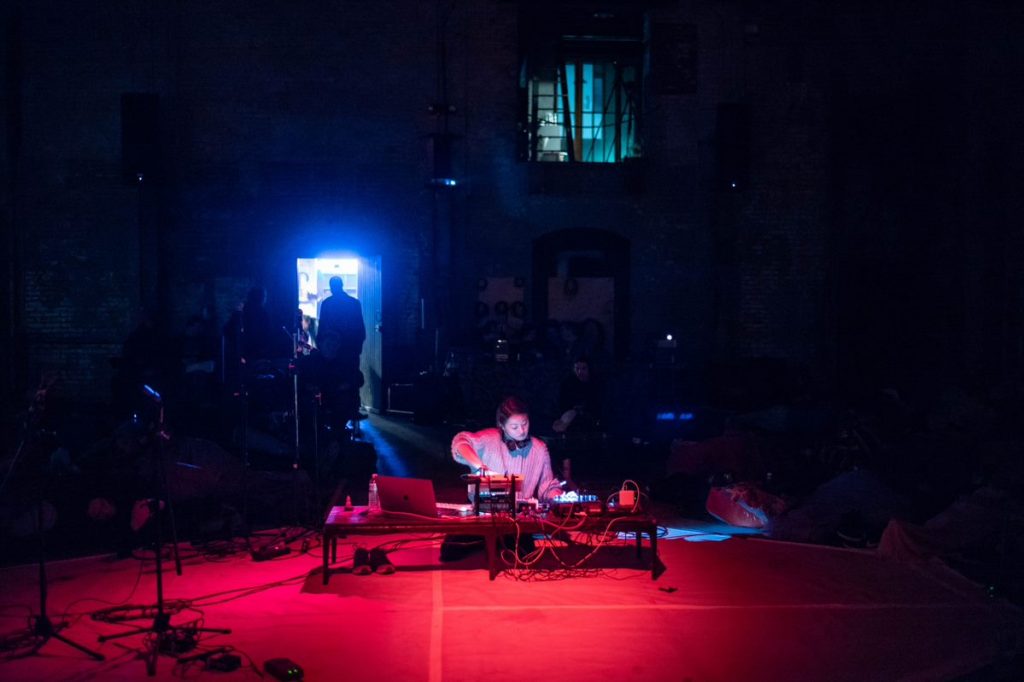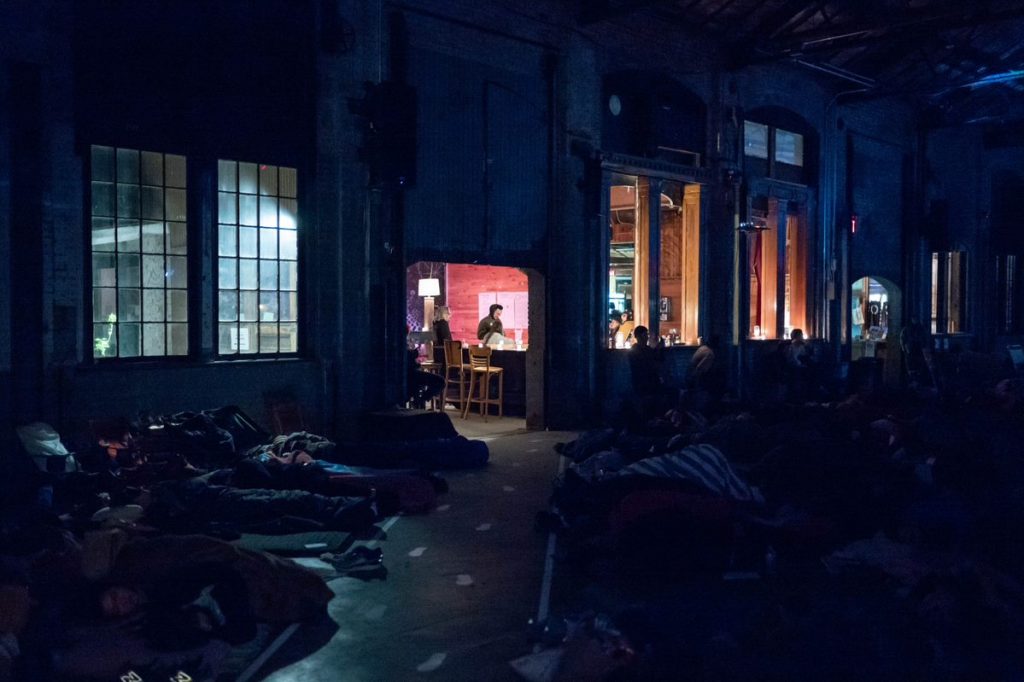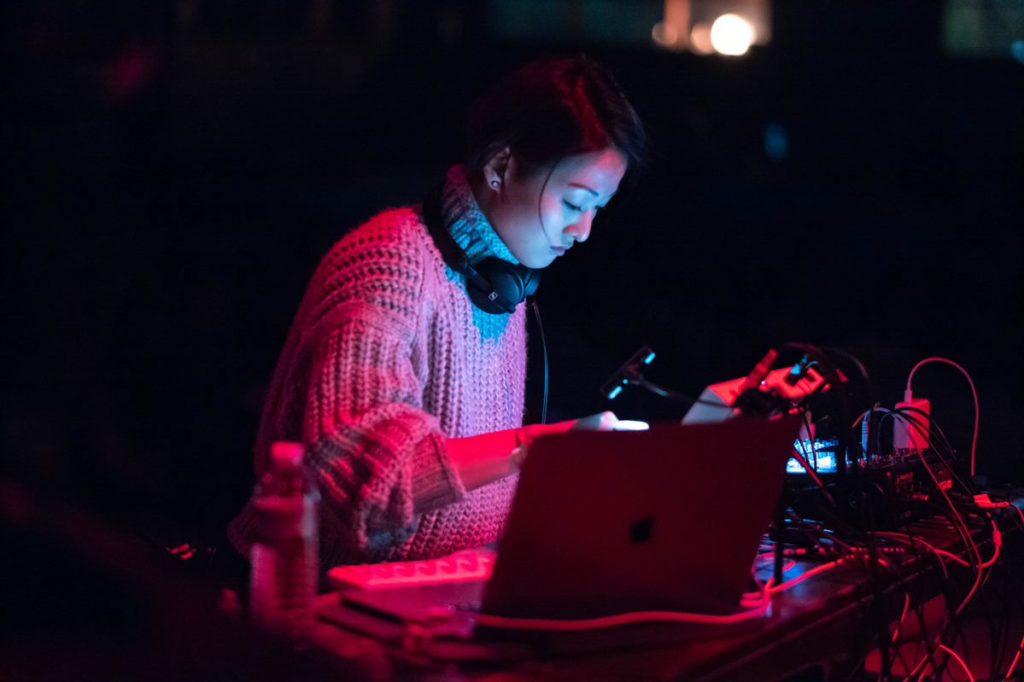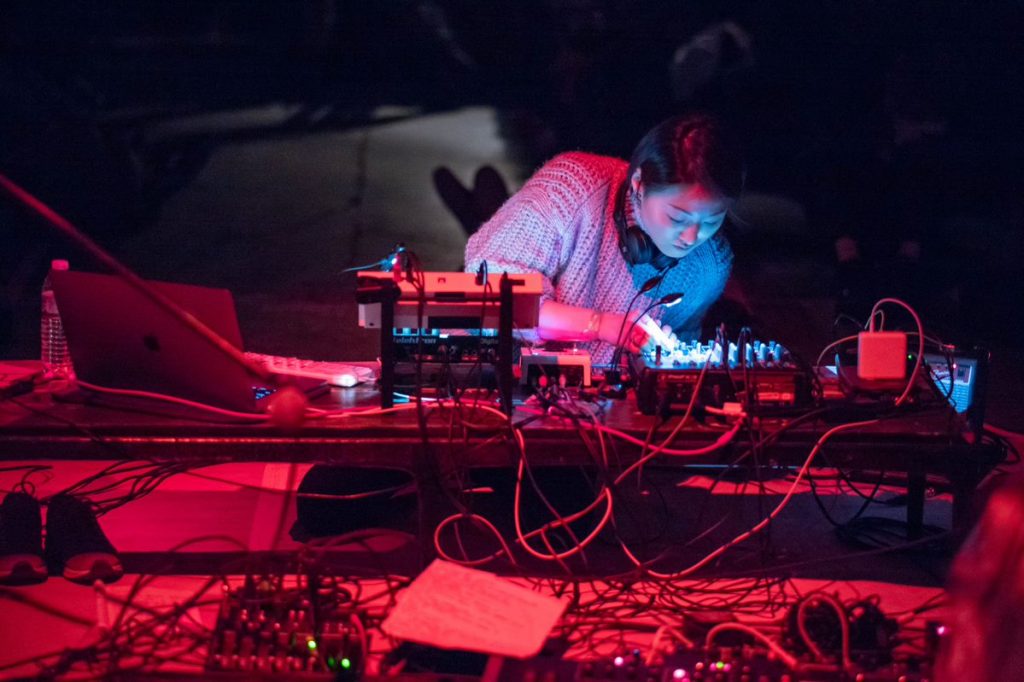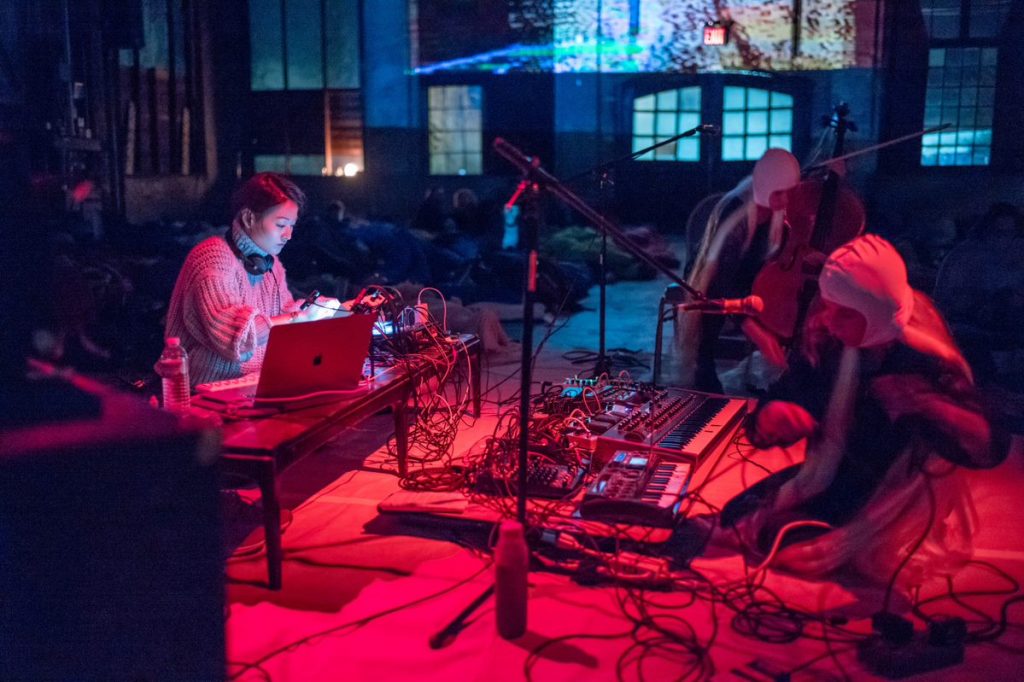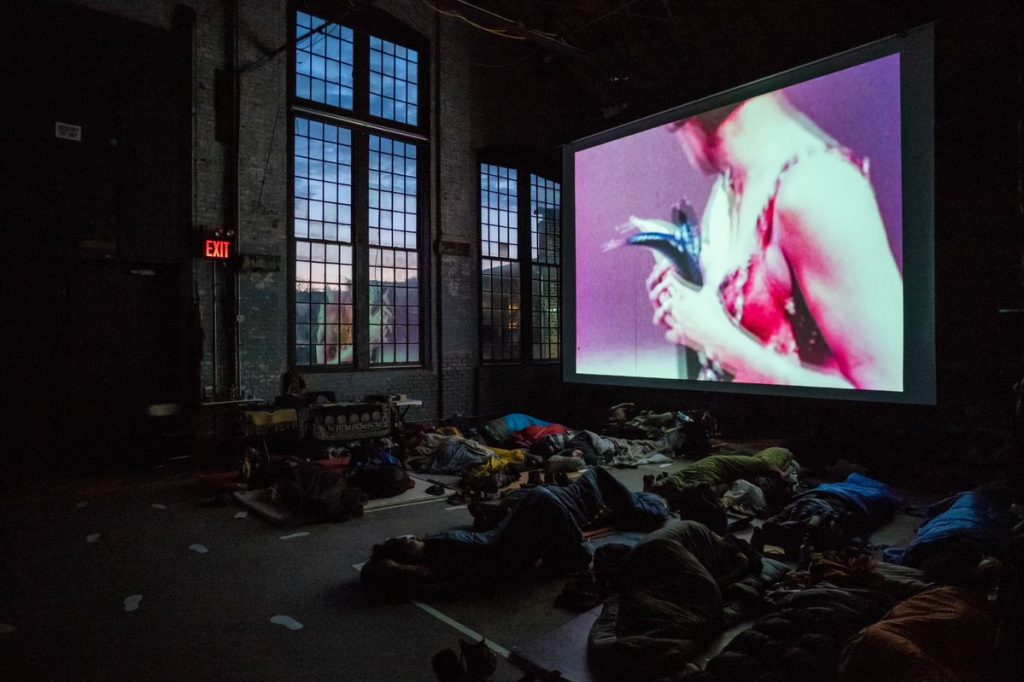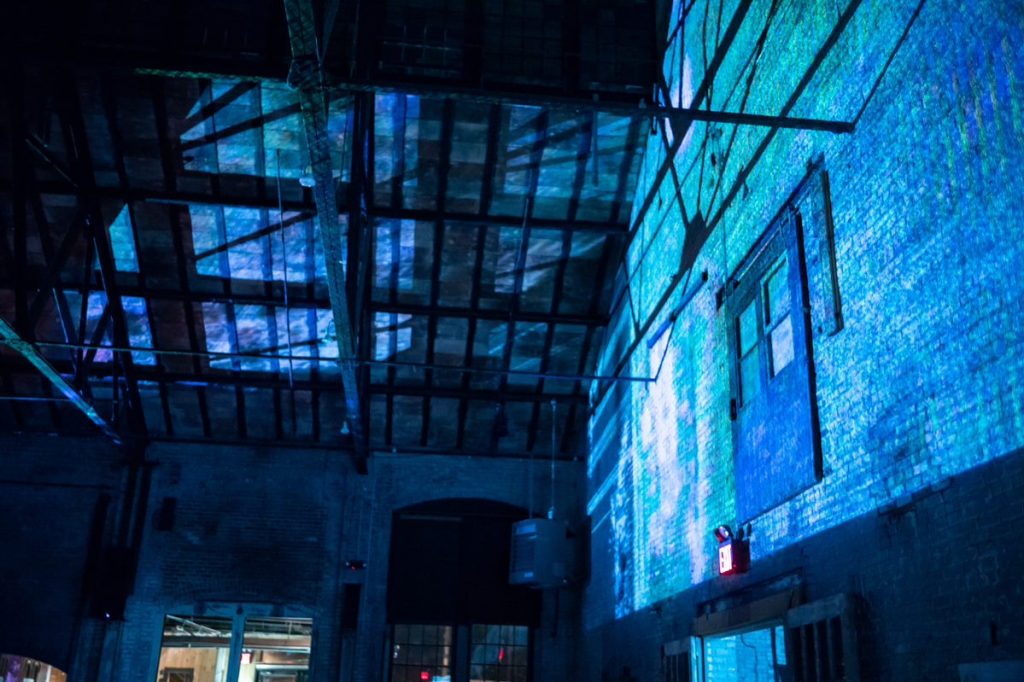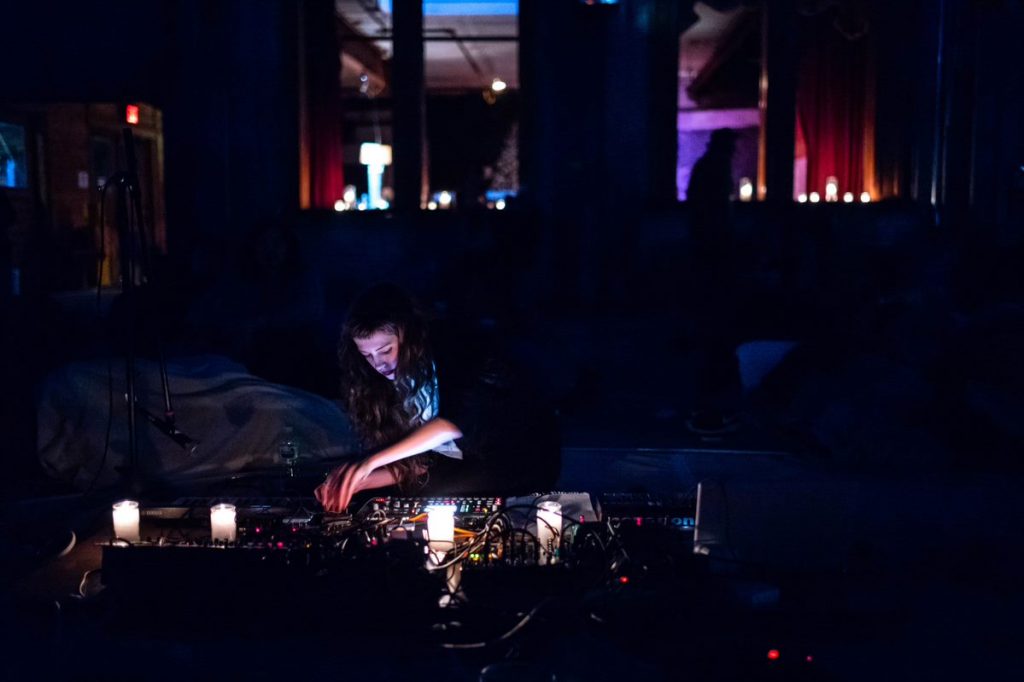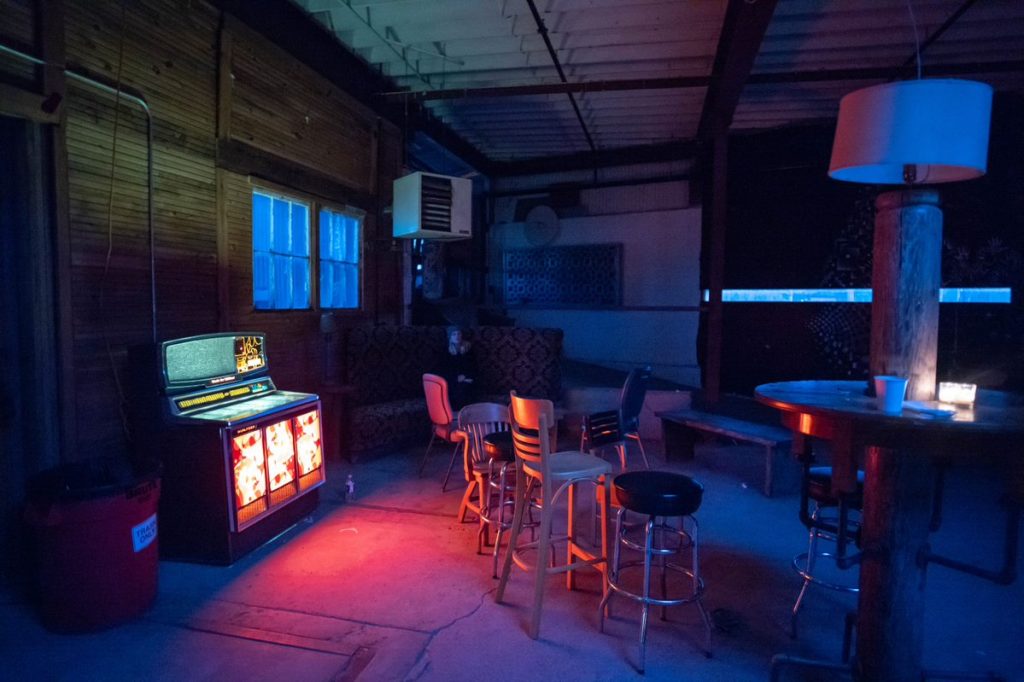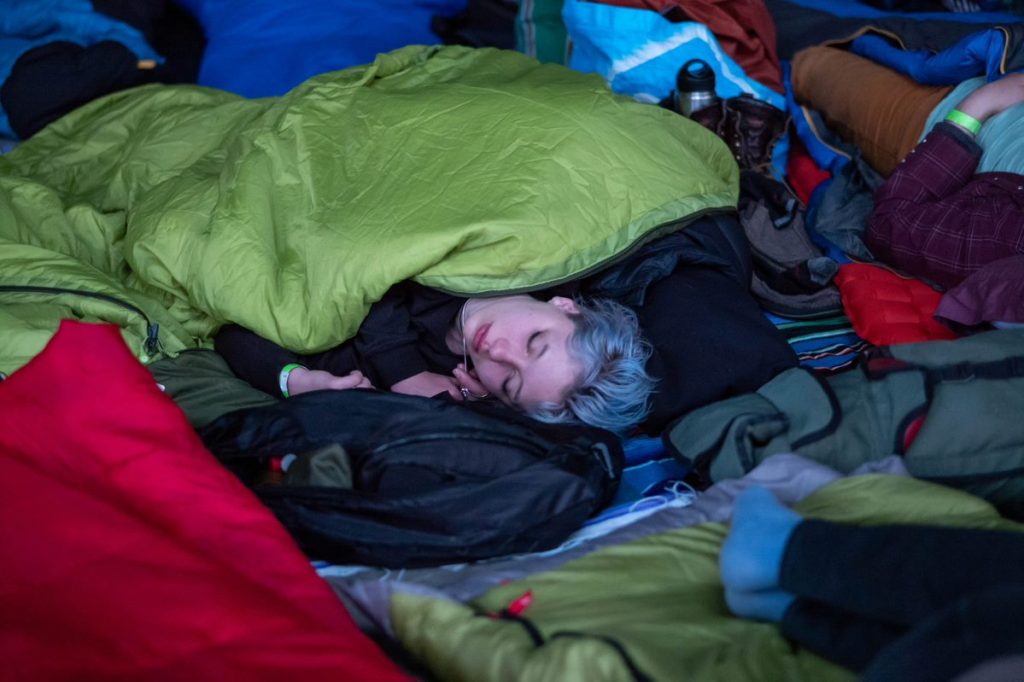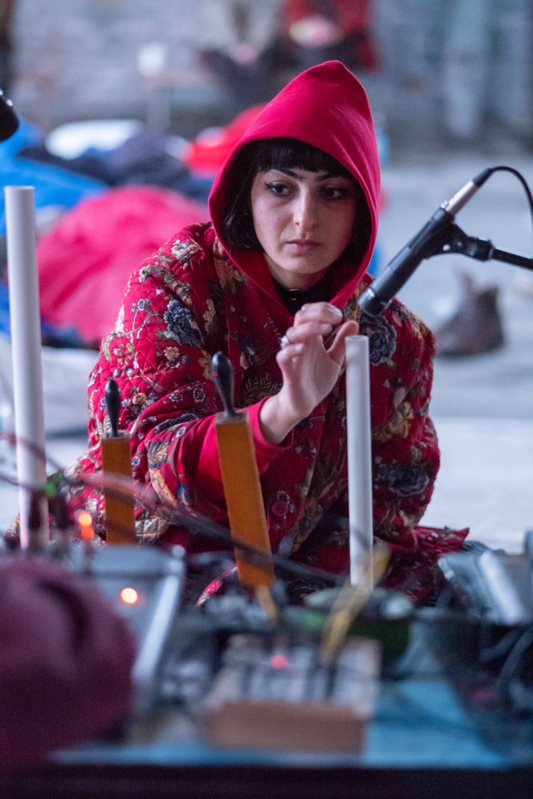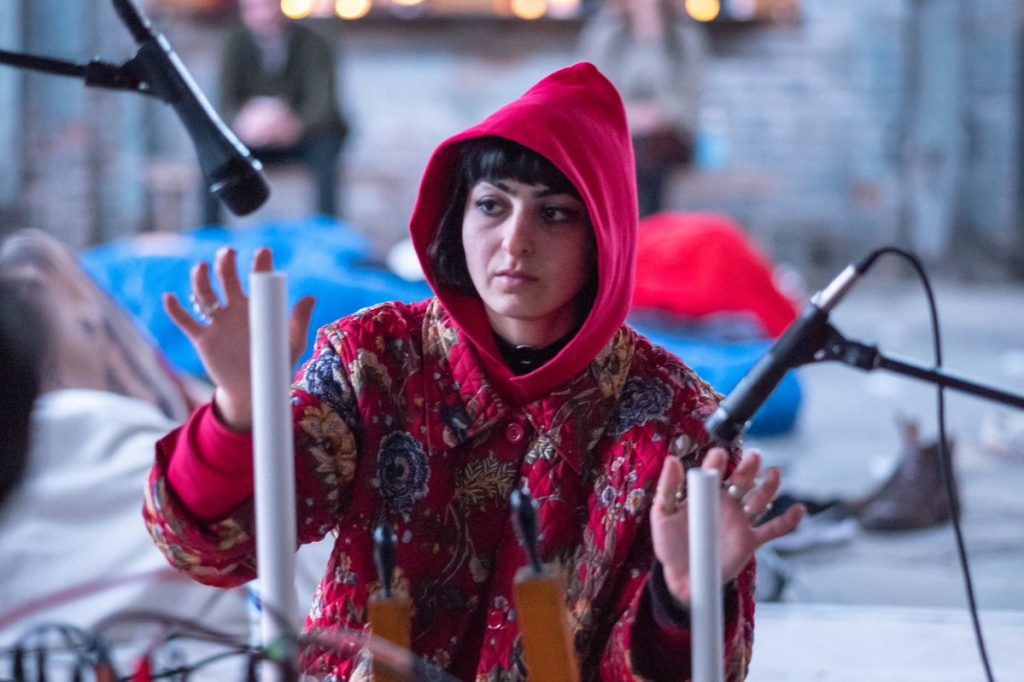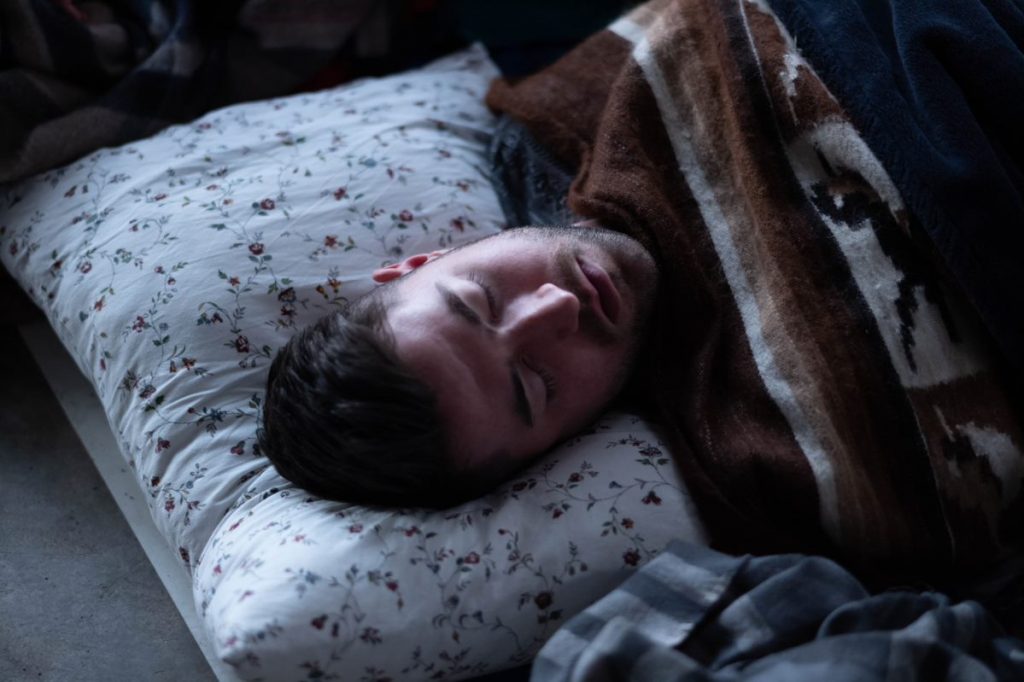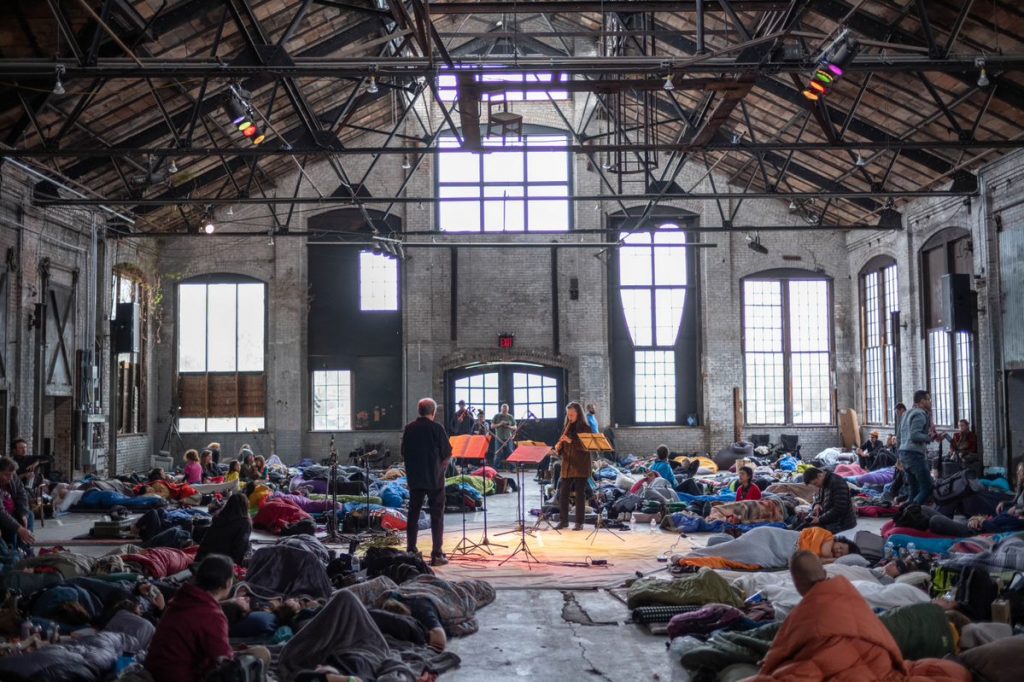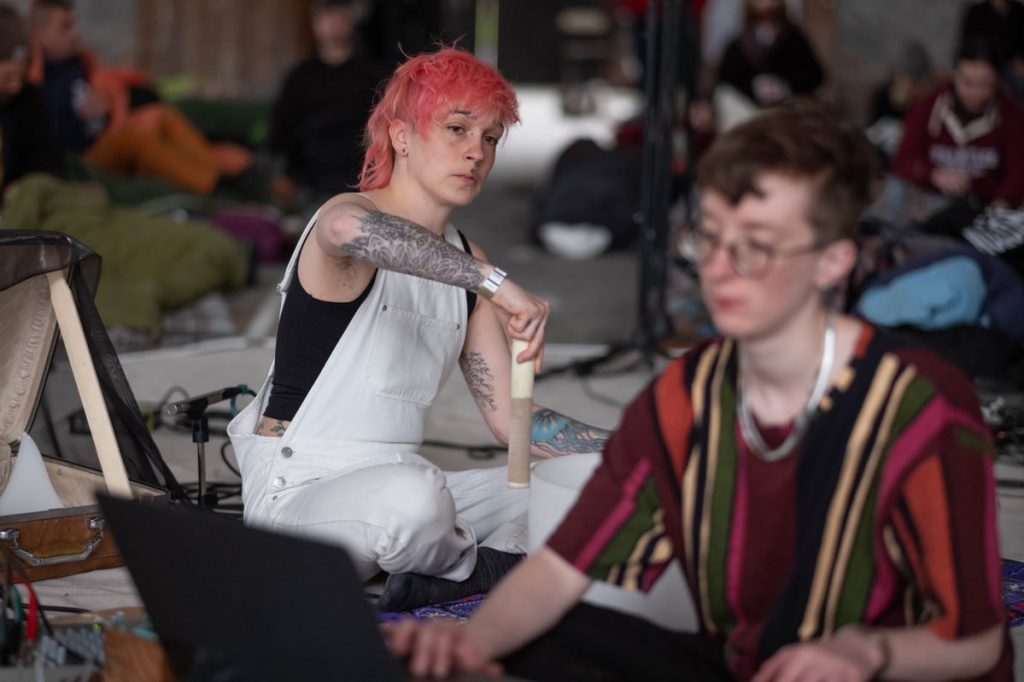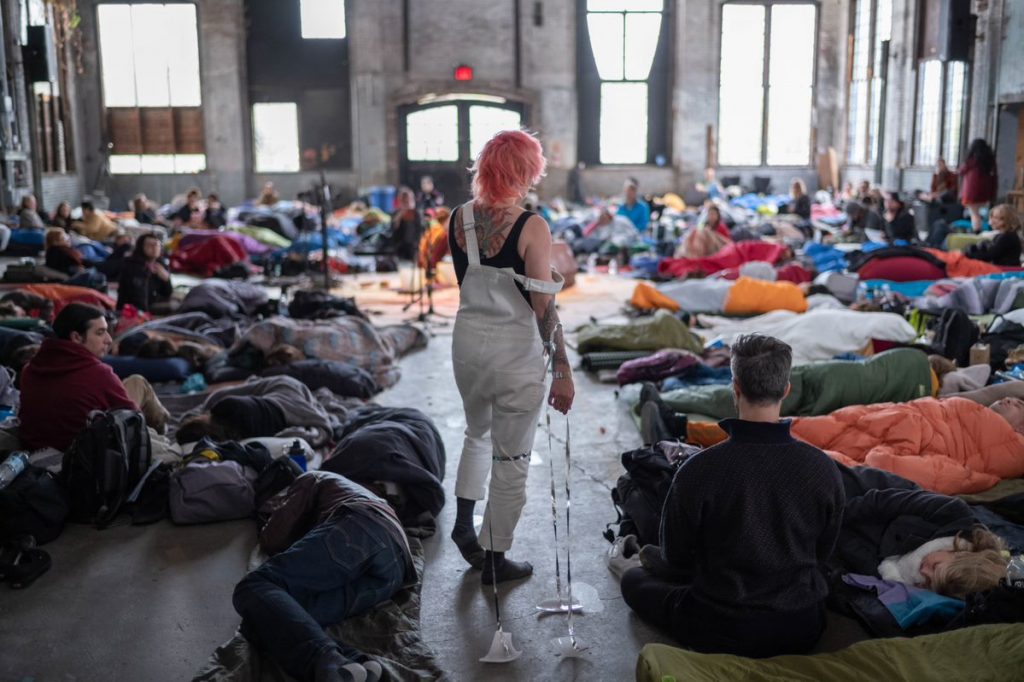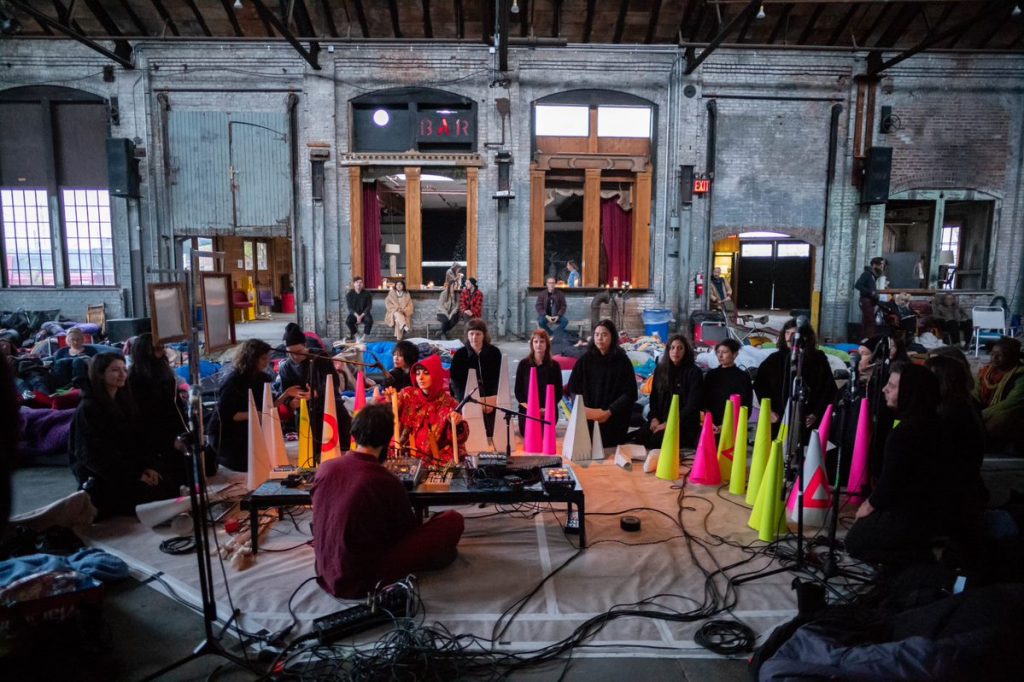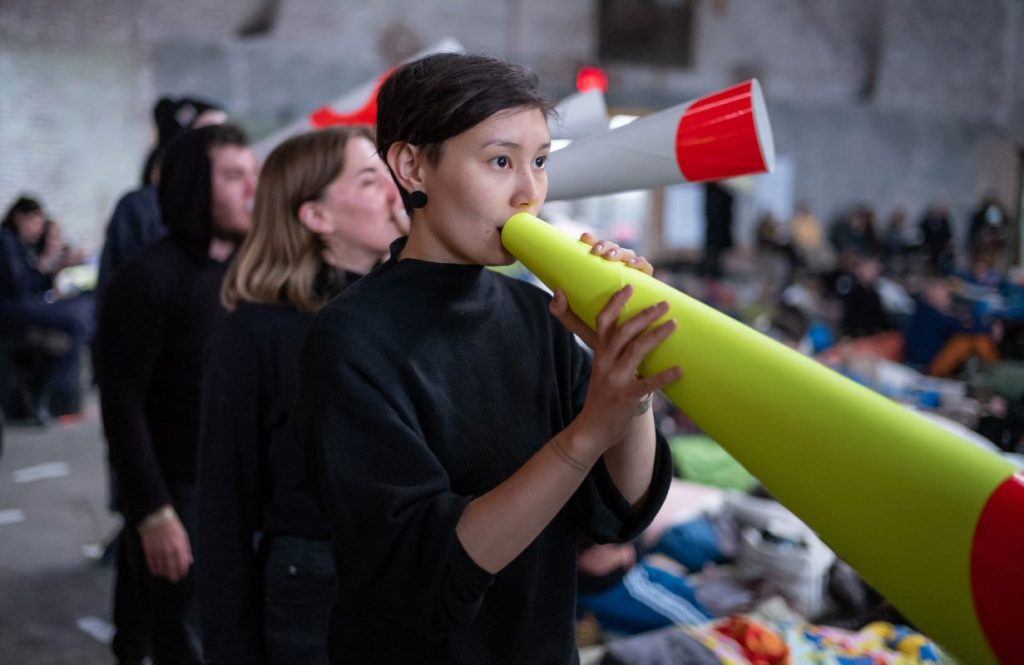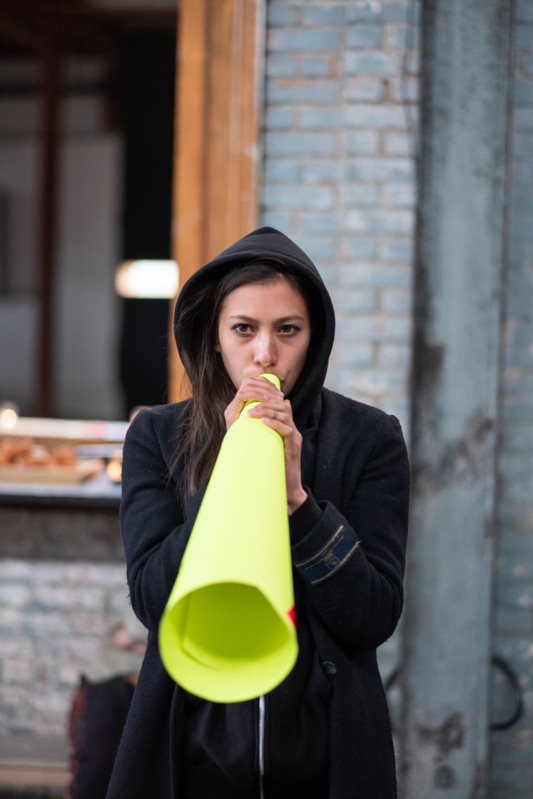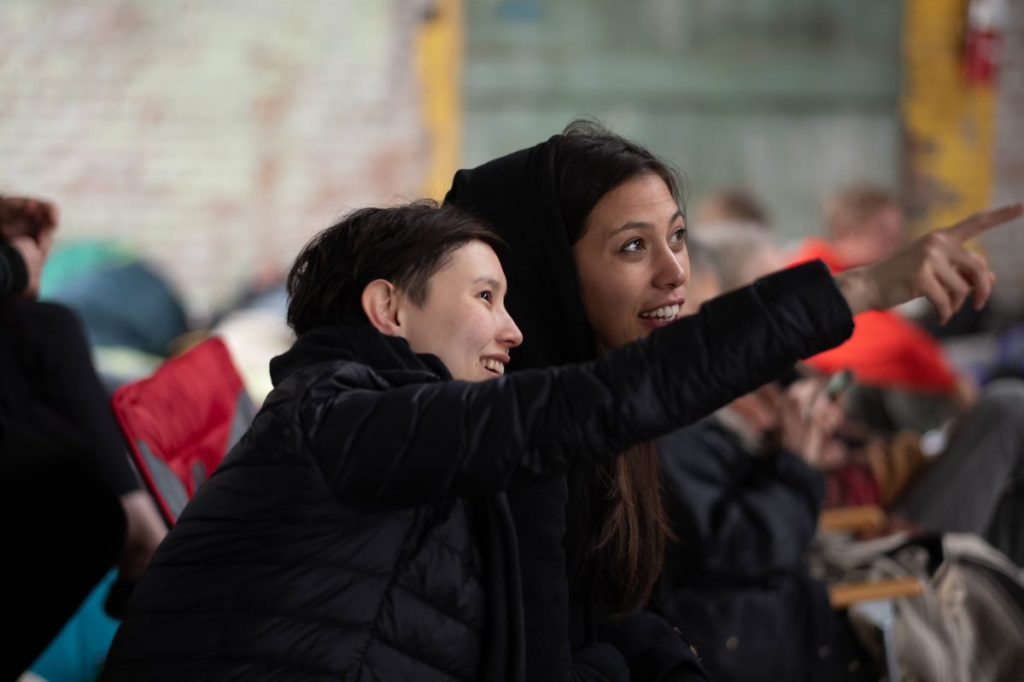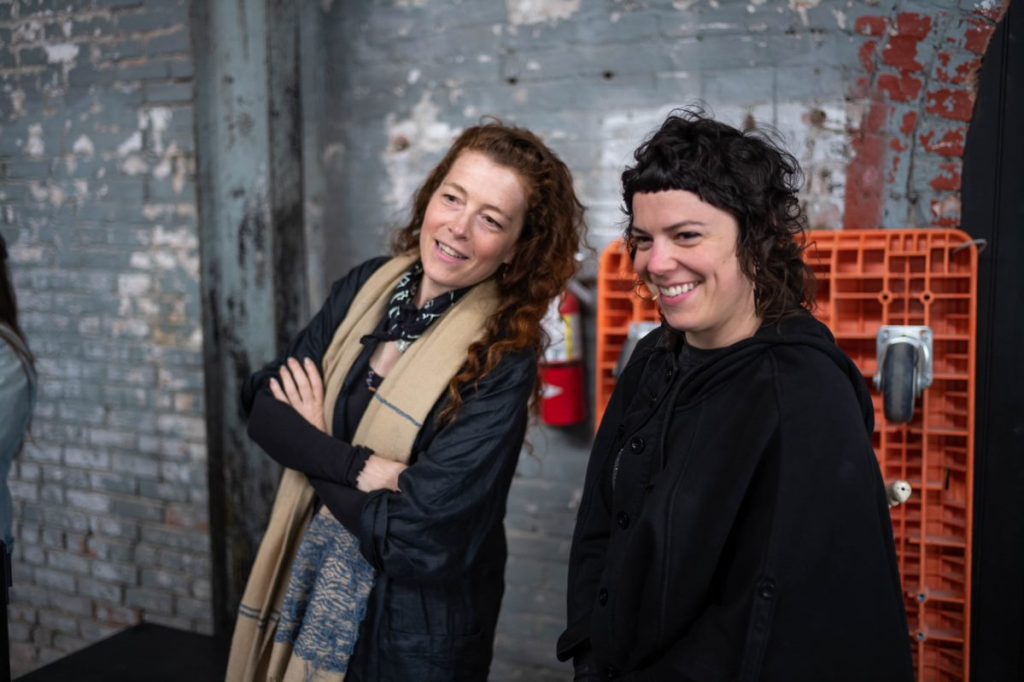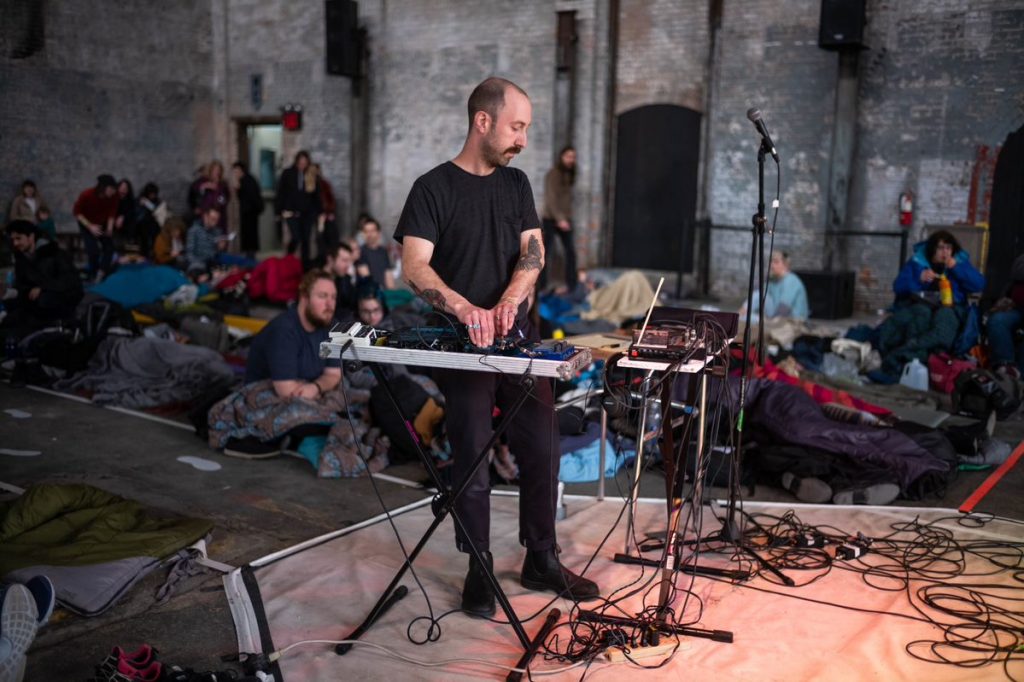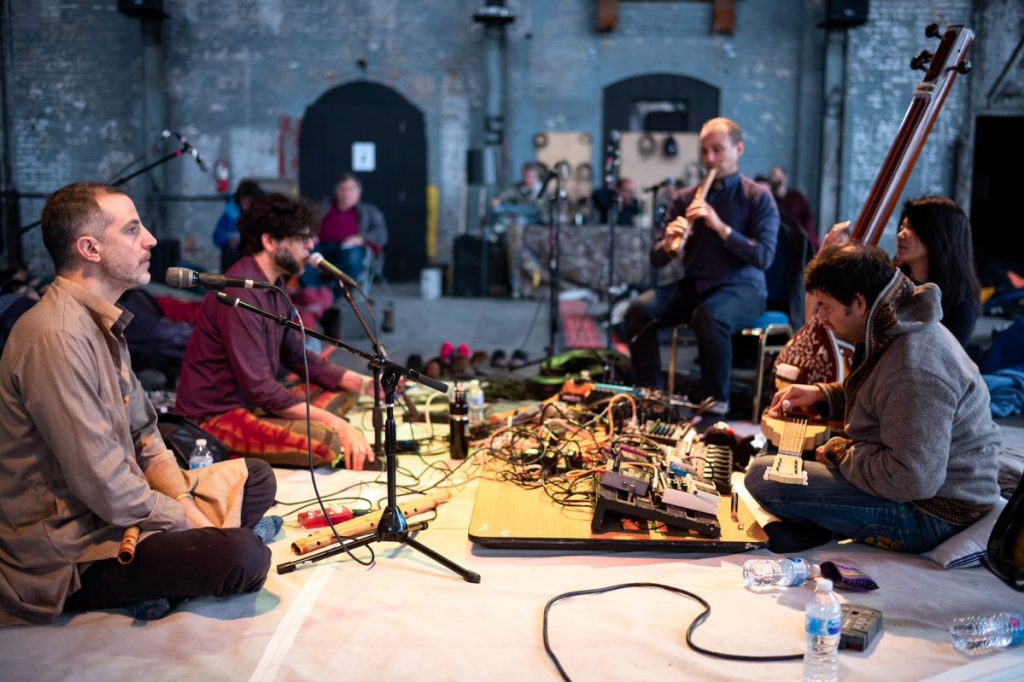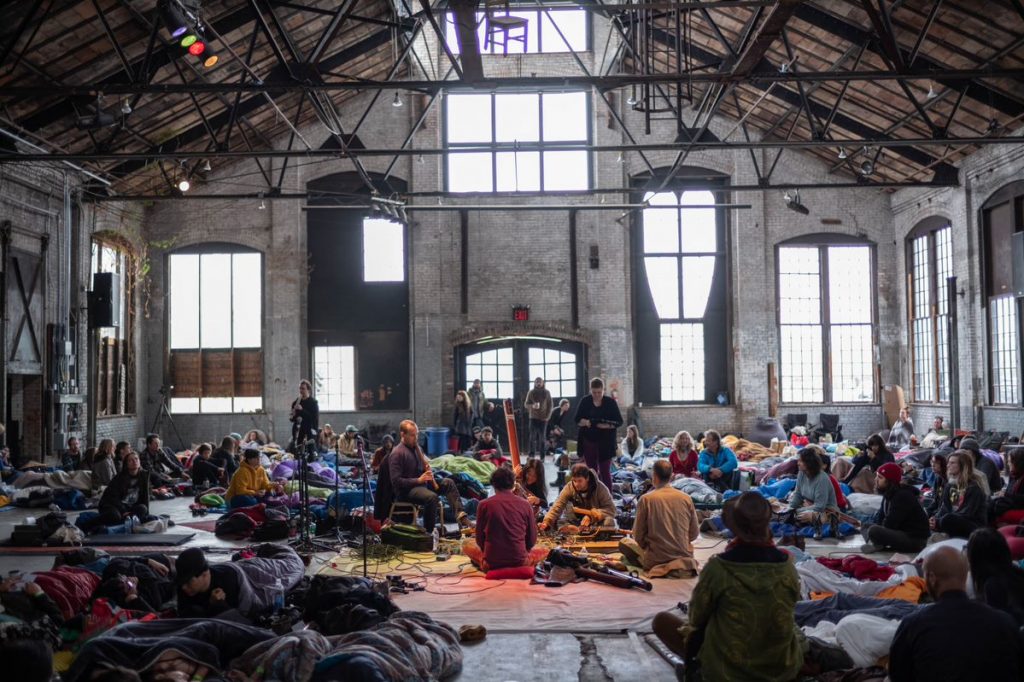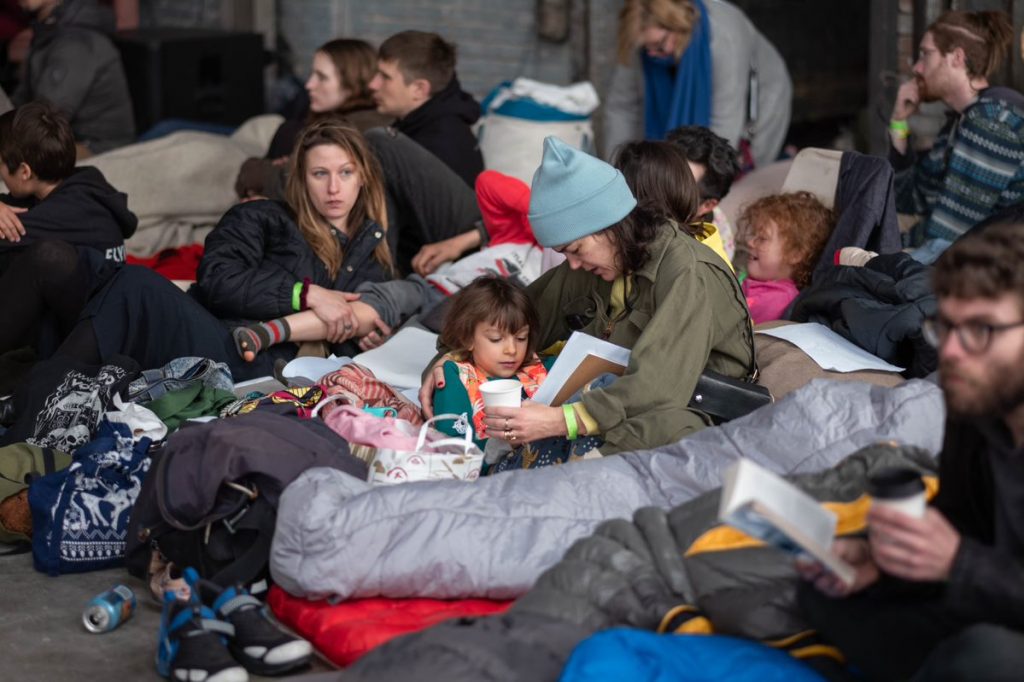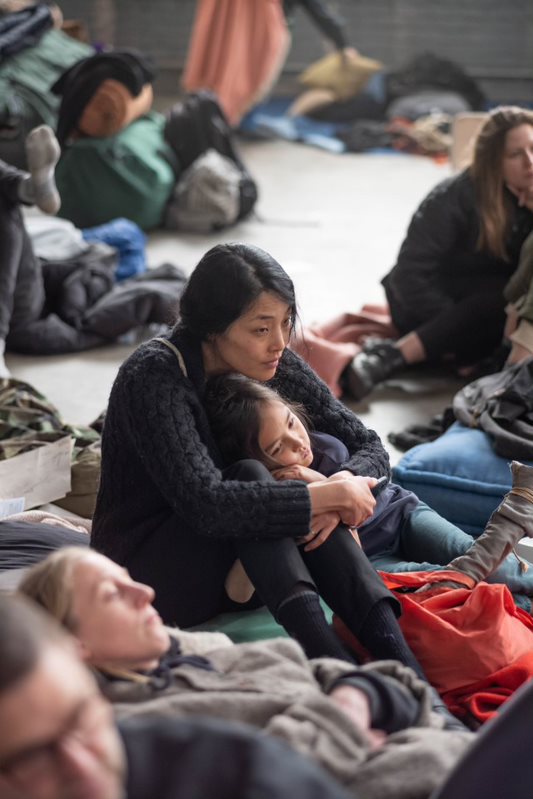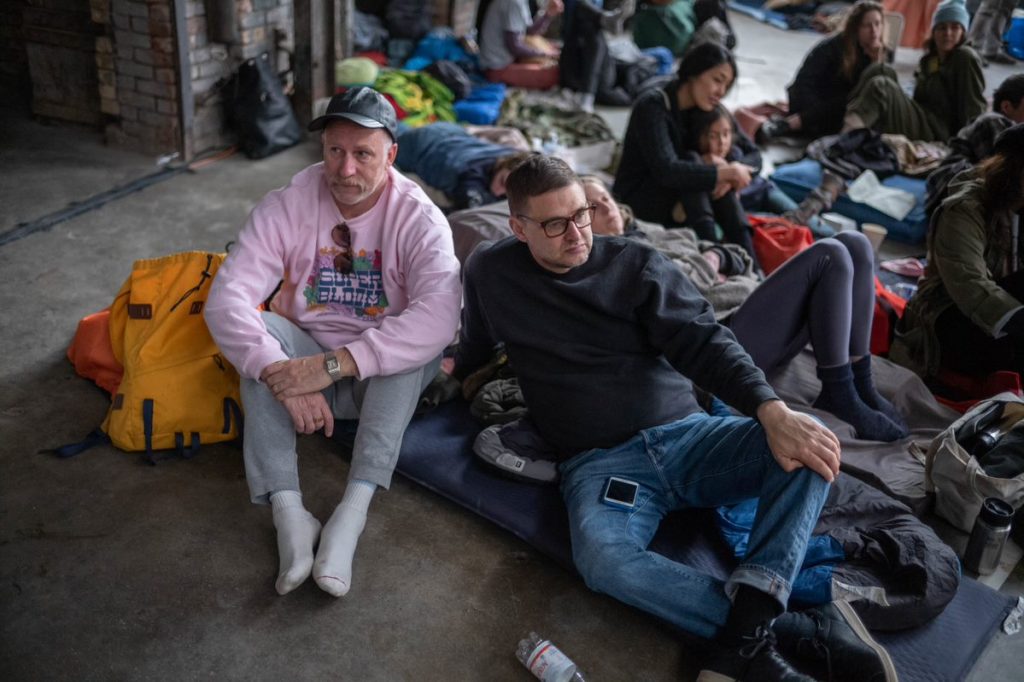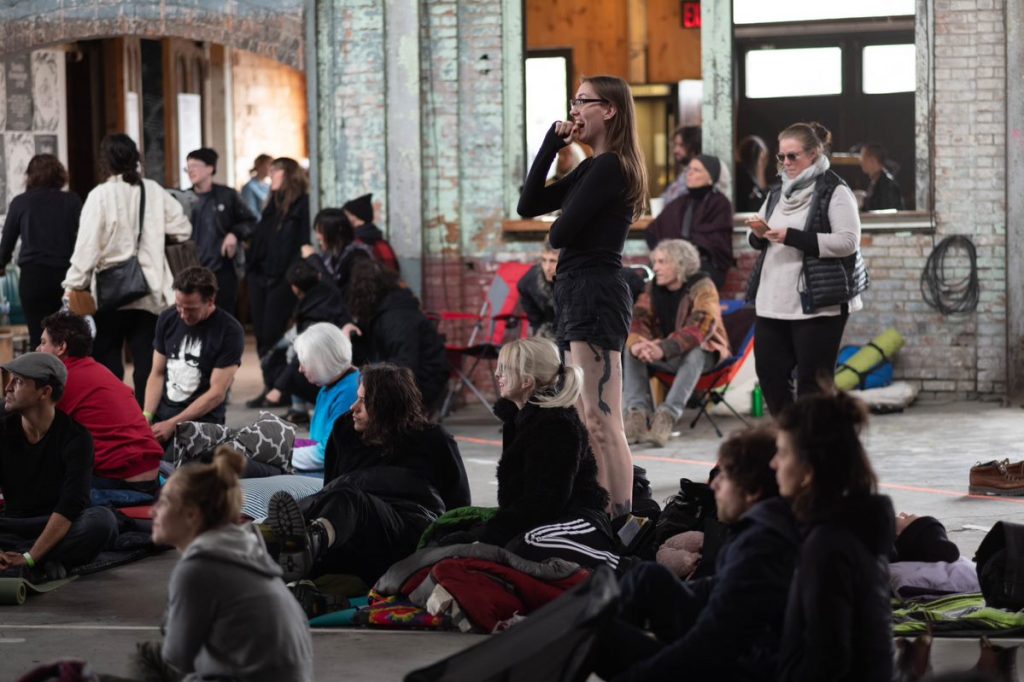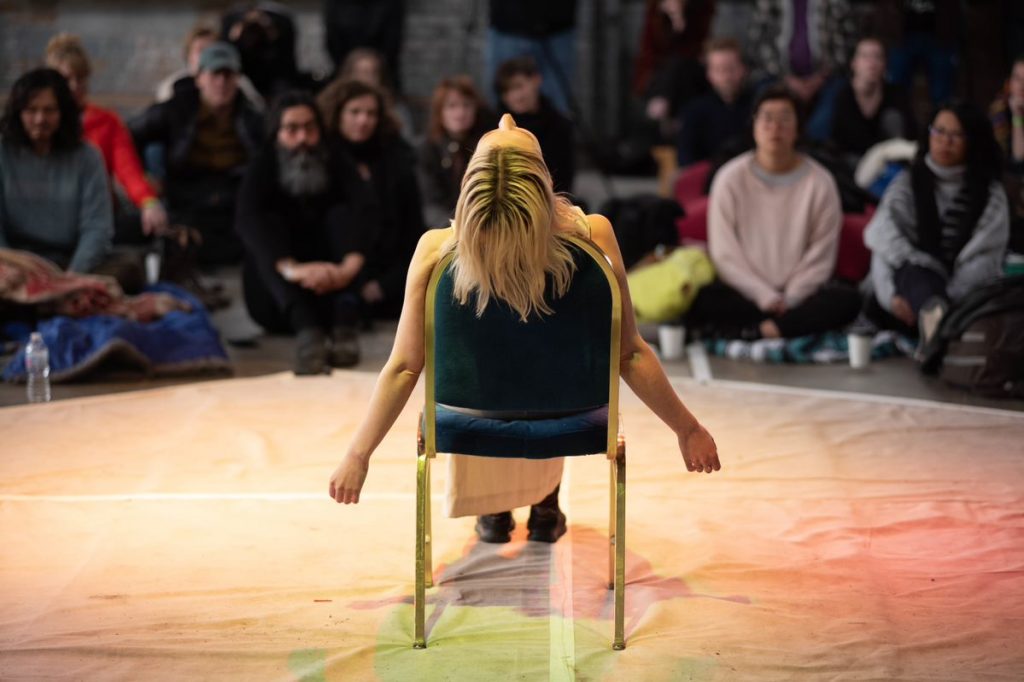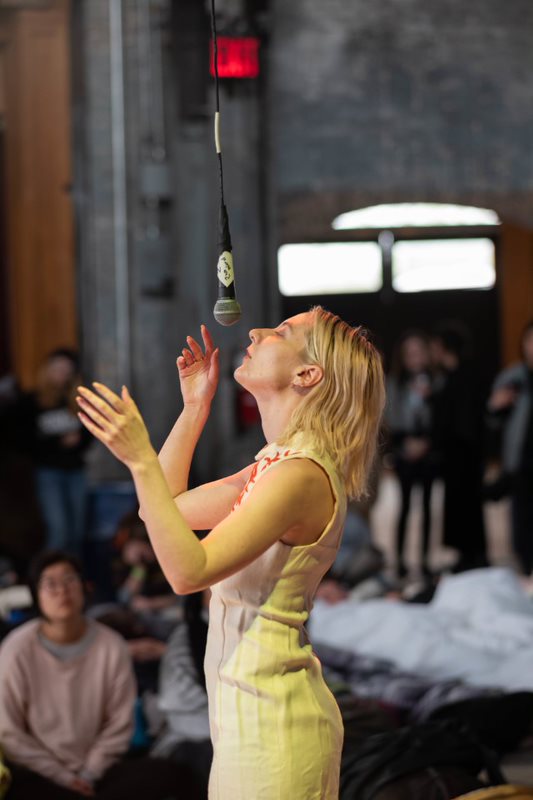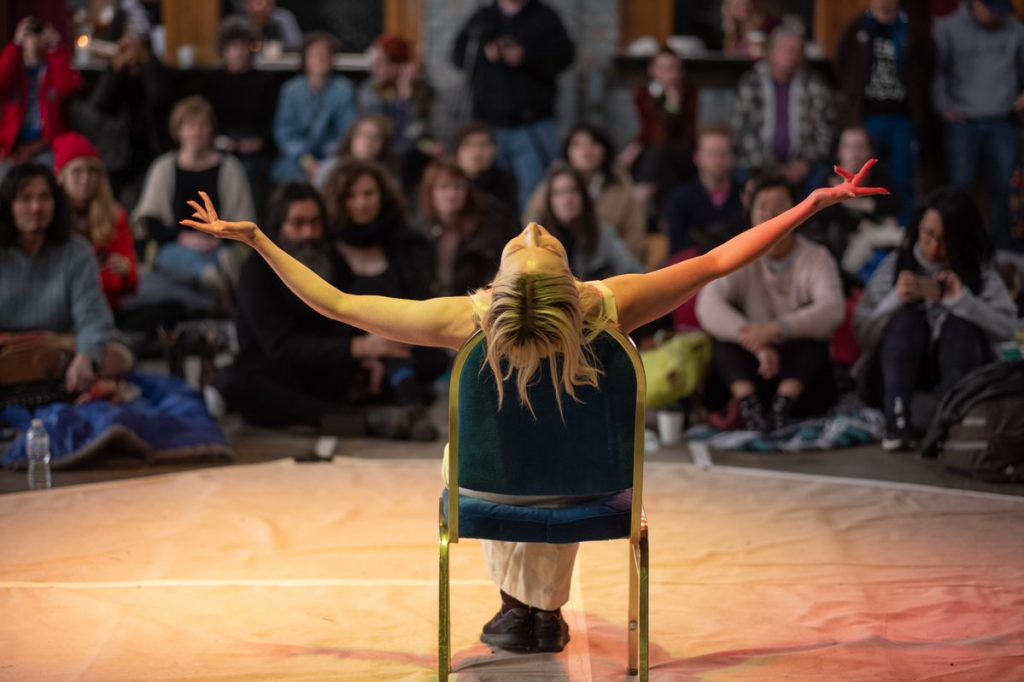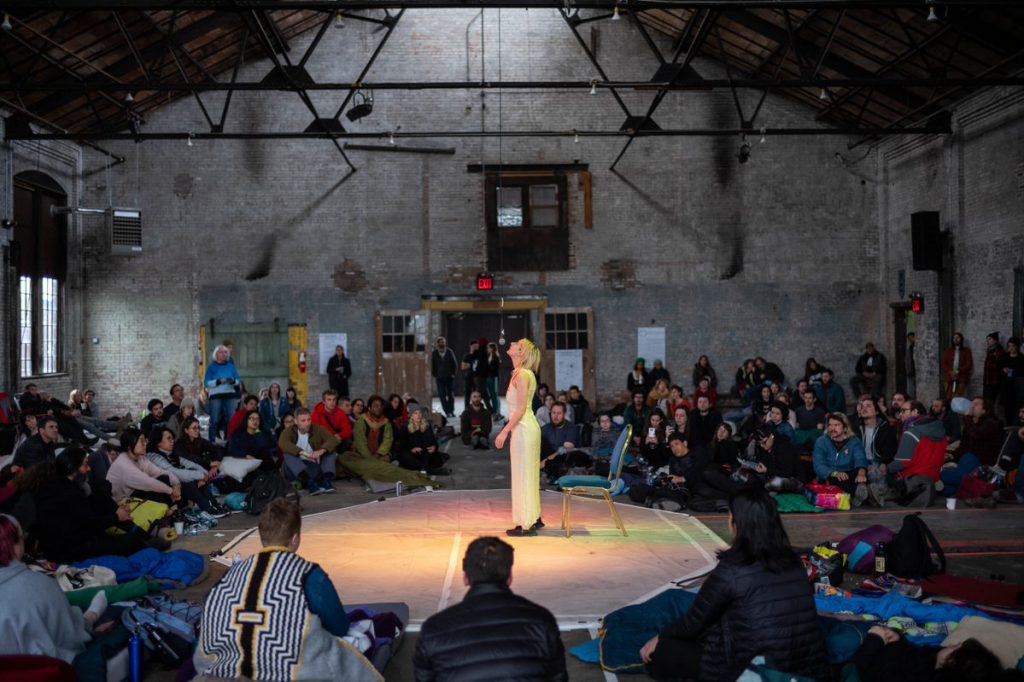I chose my cameras, a Leica M10, and M10p, in part because they have very quiet shutters. However, I’m always concerned that a click might interrupt a performance. Not so for 24-Hour Drone.
When a bird having escaped the chill sings from the barn’s lofting rafters, it takes part and when a train advertises its approach to Hudson station it also takes part. Unplanned sounds insinuate themselves so seamlessly into drone music that one might wonder if drone is music at all.
Wikipedia describes drone Music as “a subgenre of minimal music that emphasizes the use of sustained sounds, notes, or tone-clusters – called drones. It is typically characterized by lengthy audio programs with relatively slight harmonic variations”
Lengthy indeed. I am an unabashed fan of 24-Hour Drone and for the second year, I have attended and captured the acts and participants. With two cameras suspended from my neck and a small bag with two additional lenses I wondered and photographed for 21 of those hours. I wore the right shoes, the right pants, and jacket, but despite two scarves, the weight of my equipment took its toll and by 6 AM, I could no longer kneel effectively to angle my lens up into a set. But for me, this is how I drone.
To capture the inventive acts, performed by artists who, through a computer, or with manipulated cassette, orchestras of accordion and shakuhachi, sax and violin, gong and tabla, koto and voice, performed without break. They blend their pieces seamlessly into one another’s. Trimming an out, fading up and in. I felt it was just as important to capture the participants and crew, a gaggle that becomes after a day’s worth of minutes, a family. A family that sleeps, eats, drinks, meditates and sways together. I beg your patience as you peck through this gallery, in roughly chronological order, through which I have strived to bring 24-Hour Drone to you. Thank you.

